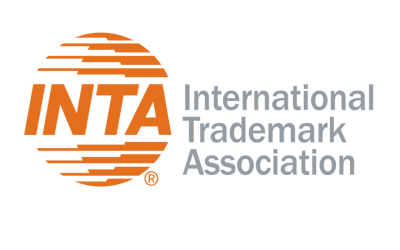At least one piece of legislation before Congress has bipartisan support: the BIRDIE Act. The BIRDIE Act has nothing to do with birds and everything to do with golf. While BIRDIE stands for Bolstering Intellectual Rights against Digital Infringement Enhancement, the Act aims to extend copyright protection to golf courses. The bill, HR 7228, was introduced on February 5, 2024.
Currently, the Copyright Act does not cover the design of golf courses. However, the BIRDIE Act seeks to amend this by broadening the definition of “architectural works” within the Copyright Act to include:
- The design of a course on which golf is played (except for any course on which mini golf, or other similar game, is played) as embodied in any tangible medium of expression, including an architectural plan or drawing.
The amendments would also encompass various golf course features, including landscaping, irrigation systems, paths, golf greens, golf tees, facilities where golf is practiced, bunkers, lakes, and topographic features.
By its terms, the BIRDIE Act applies to any “work created on or after December 1, 1990” and “a work that was unconstructed and embodied in unpublished plans or drawings on December 1, 1990.” This excludes older golf courses, such as Augusta National Golf Club, from protection. However, design changes made to older golf courses after December 1, 1990, would likely be entitled to protection.
The Copyright Act was amended in 1990 to cover architectural works, effective December 1, 1990, which coincides with the date used by the BIRDIE Act to determine coverage. An earlier version of the 1990 bill also included protection for architectural works. The Copyright Act also covered “three-dimensional structures,” which may have included golf courses and other structures like interstate highway bridges, dams, canals, and pedestrian walkways. However, the language was absent in the 1990 amendment, which ultimately became law.
Why is copyright protection for golf courses an issue now? The crux lies in the Act’s name: Digital Enforcement. There have been past issues where one course, or one course designer, has accused another of copying a specific hole. For example, in 1995, Tour 18 was sued by Pebble Beach and others over replica designs at its courses in Houston and Dallas (the court ultimately ruled that Tour 18 did not violate any protection around the golf hole designs themselves). With increasingly realistic golf simulators and sophisticated virtual reality, digital reproductions of golf courses have become more common, raising questions about copyright infringement.
Architectural works, as defined by the Copyright Act, are subject to certain limitations that do not apply to other types of works. For instance, the owner of a copyright in an architectural work cannot prohibit the distribution or “public display of pictures, paintings, photographs, or other pictorial representations of the work, if the building in which the work is embodied is located in or ordinarily visible from a public place.” 17 USC § 120 (a). Likewise, the Copyright Act stipulates that the owner of the copyright in an architectural work cannot prevent the owner of “a building embodying an architectural work” from making alterations to or destroying the building. 17 USC § 120 (b).
Would these provisions apply to golf courses? They may not, given their use of the word “buildings.” Should they?
Some pushback against the BIRDIE Act is to be expected. Some question why golf course designs should be protected by copyright after so many years. The resistance reflects concerns about expanding copyright and raises questions about why Congress is prioritizing golf course protection over more pressing issues.
There is also the risk of unintended consequences. Could a court interpret the BIRDIE Act as extending copyright protection to a garden?
One thing that is not clear is why mini golf courses have been excluded from the protection of the BIRDIE Act. Aren’t they equally worthy of protection? Some of these courses feature intricate and challenging holes, warranting consideration for copyright protection, at least in my view.

Written by Marc P. Misthal
Principal Attorney, Offit Kurman
You may also like…
INTA files statement in intervention in EU case on the inherent distinctiveness of color combination trademarks
New York, New York—July 24, 2024—The International Trademark Association (INTA) has filed a Statement in...
Bytedance stumbles in Singapore: IPOS rejects TIKI trademark challenge
The social media giant Bytedance, owner of the ubiquitous TikTok platform, recently suffered a setback in Singapore....
TOUR DE FRANCE fails in the third stage against German fitness studio chain
At the end of June, the 111th edition of the Tour de France kicked off. June also saw the end of a dispute between...
Contact us to write for out Newsletter














